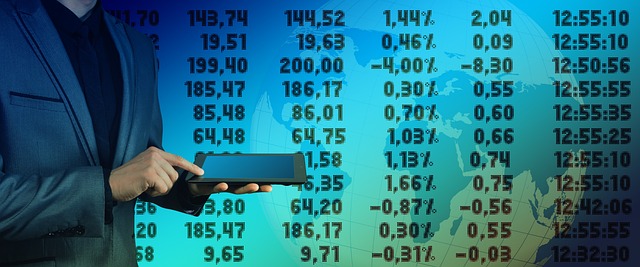A CFD (Contract for Difference) trading course in Melbourne uncovers the power of leverage, enabling investors to control substantial positions with limited capital. While this tool can multiply wealth, it also amplifies risks; margin calls and potential liquidation await if markets move against traders. Skilled risk management, including stop-loss orders and understanding margin requirements, is crucial for navigating these dynamics and maximizing gains in the CDF trading course while securing wealth within.
“Unlocking the Power of Leverage and Margins in CFD Trading: A Comprehensive Guide. In the dynamic world of Contract for Difference (CFD) courses Melbourne, understanding leverage and margins is key to maximising your wealth potential. This article demystifies these essential concepts, providing insights into their roles, benefits, and risks. From defining leverage and margin requirements to advanced strategies, learn how to navigate the Melbourne market effectively, leveraging these tools to strategically enhance your trading success.”
- What is Leverage and How Does it Work in CFD Trading?
- – Definition of leverage and its role in CFD (Contract for Difference) trading.
- – Benefits and risks associated with using leverage.
What is Leverage and How Does it Work in CFD Trading?
Leverage is a powerful tool in CFD (Contract for Difference) trading, allowing traders to control a large position with a relatively small amount of capital. In simple terms, it’s like borrowing money to increase your buying power and potentially boost profits. When you take out a leverage in CFD courses Melbourne, you can trade with borrowed funds, expanding your investment reach. This is particularly attractive for those seeking to multiply their wealth within the market.
In CFD trading, leverage works by enabling traders to open positions that are several times larger than their account balance. For instance, with a 10x leverage, a $1,000 account could control a $10,000 position. While it offers increased potential gains, it also amplifies losses. Traders need to be cautious as margin calls can occur when the market moves against them, requiring additional funds to maintain the position or face closure. Understanding this dynamic is key to navigating CFD trading effectively and managing risk in your wealth journey.
– Definition of leverage and its role in CFD (Contract for Difference) trading.
Leverage is a powerful tool in CFD (Contract for Difference) trading, allowing traders to amplify their potential returns. In simple terms, leverage enables investors to control a more substantial position size with a relatively small amount of capital. This concept is particularly appealing as it offers the opportunity to maximize wealth within the CFD market. By borrowing funds from brokers, traders can increase their buying power, enabling them to take larger positions on financial instruments.
In a CFD course Melbourne, understanding leverage is crucial for navigating the complexities of this trading style. It provides an edge, especially for those seeking to grow their investments rapidly. However, it’s essential also to recognize that increased leverage comes with heightened risk. Traders must be adept at managing risk exposure to ensure that potential gains from leveraged positions are realized while minimizing losses.
– Benefits and risks associated with using leverage.
Leverage and margins are powerful tools in CFD (Contract for Difference) trading, offering both significant advantages and potential drawbacks. In a CFD trading course in Melbourne, you’ll learn that leverage allows traders to control a larger position with less capital, amplifying the potential for wealth within a short time frame. This can be particularly beneficial for those seeking rapid returns on their investments. By borrowing funds from brokers, traders can increase their buying power, enabling them to access more markets and capitalize on small price movements.
However, the risks are equally profound. While leverage provides an opportunity to multiply gains, it also magnifies losses. If market conditions move against your position, the effect of leverage can lead to substantial margin calls, where you may be required to deposit additional funds or face the liquidation of your position. This aspect underscores the importance of risk management strategies, such as setting stop-loss orders and understanding the specific margin requirements of each CFD trading instrument.
Leverage and margins are powerful tools that can amplify both gains and losses in CFD trading. Understanding these concepts is vital for anyone aiming to master a CFD trading course Melbourne and unlock the potential for wealth within the market. By carefully managing leverage, traders can navigate the complexities of CFD trading with greater confidence, making informed decisions that could contribute to substantial financial growth.
